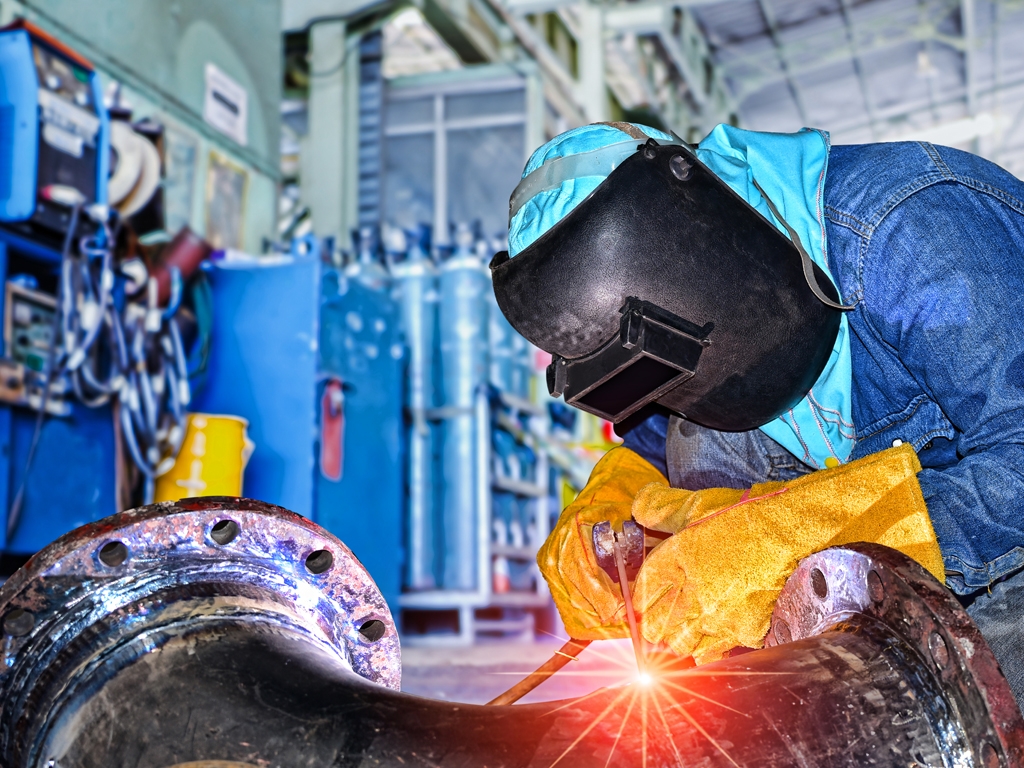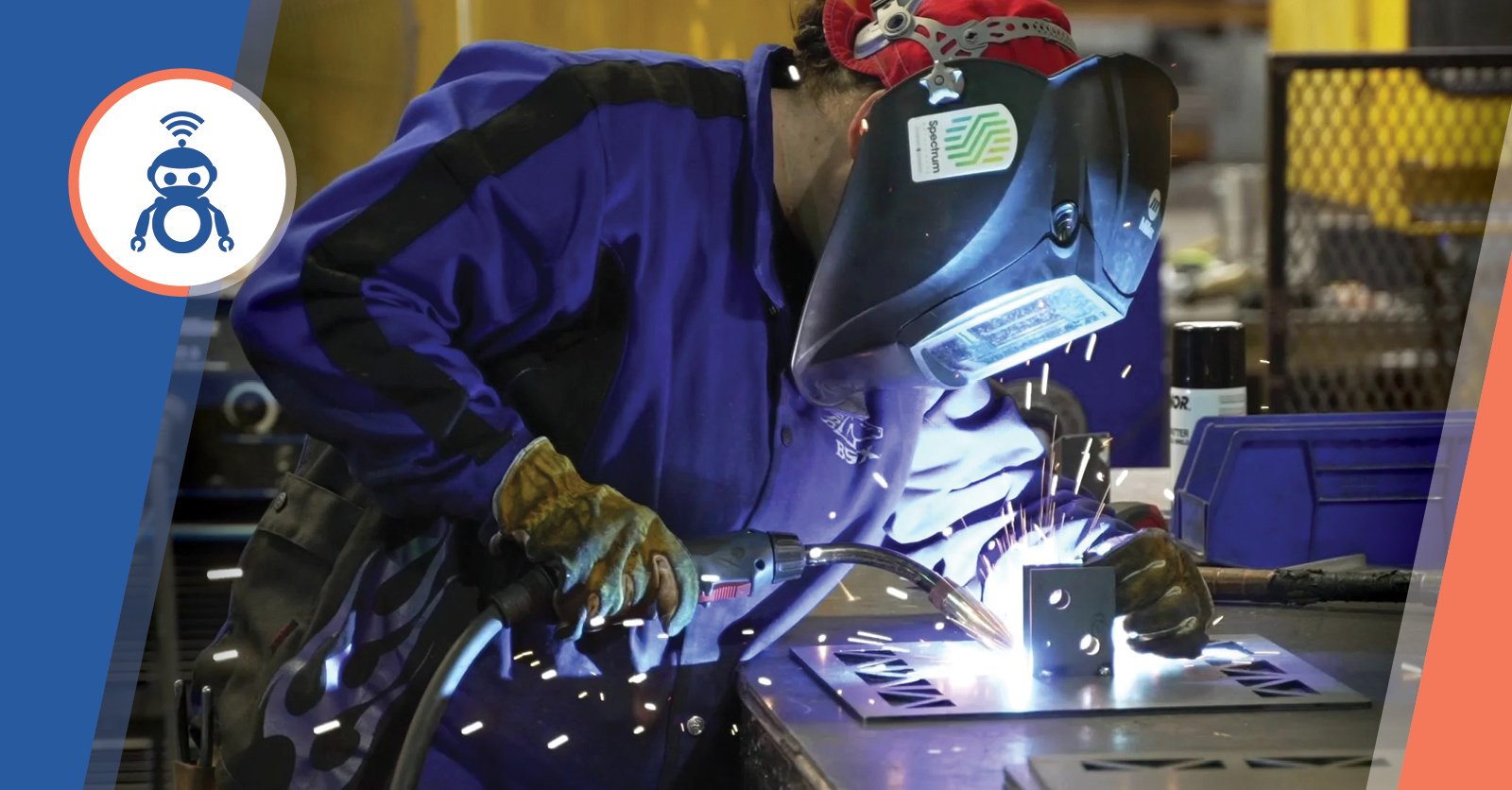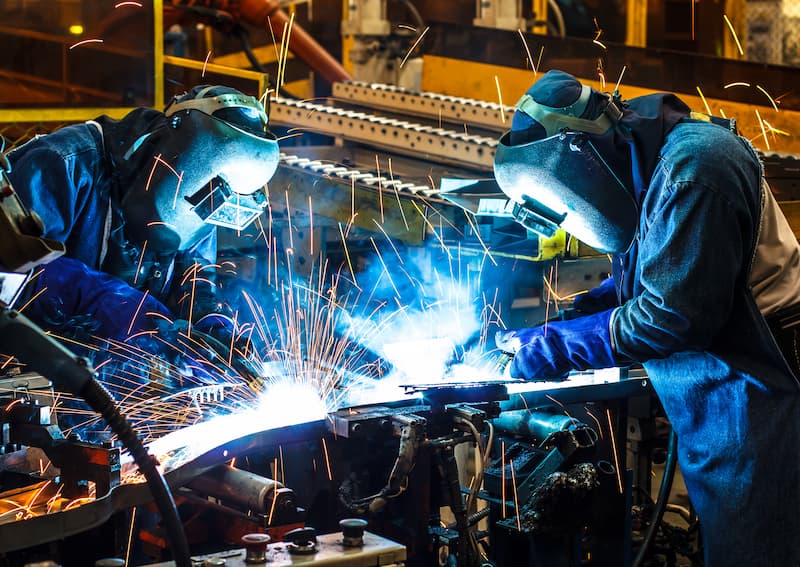Typical Welding Repair Service Issues and Just How to Address Them Effectively
Welding repair services usually come across a variety of problems that can endanger the integrity of the end product. Common problems consist of inadequate penetration, porosity, and imbalance, among others. Each defect offers distinct difficulties that call for particular strategies for resolution. Comprehending these problems is necessary for welders aiming to enhance their end results and skills. This discussion will discover these common welding fixing issues and efficient techniques to resolve them.
Inadequate Penetration
Inadequate infiltration happens when the weld metal stops working to totally fuse with the base material, leading to weak joints and possible structural failings. This problem commonly comes from inadequate warmth input, wrong electrode angle, or improper welding rate. Welders might come across insufficient penetration as a result of a miscalculation of the required specifications for a specific material thickness or kind. In addition, contamination on the base material's surface area can hinder efficient bonding, aggravating the trouble. To address poor infiltration, welders must ensure proper settings on their equipment and preserve a clean work surface area. Routine inspection of welds is suggested to recognize any type of shortages early, enabling for prompt improvements and the avoidance of jeopardized structural stability in bonded assemblies.
Porosity
Porosity is a typical flaw in welded joints that materializes as small gas bubbles trapped within the weld metal. This defect can endanger the integrity of the weld, causing reduced strength and potential failure under tension. Montana Mobile Welding and Repair Fabrication. Porosity usually emerges from contamination, wetness, or incorrect welding methods, which enable gases to leave into the molten weld pool. To deal with porosity, welders should assure appropriate surface area preparation, keep a clean functioning setting, and use suitable welding specifications. Furthermore, choosing the right filler product and shielding gas can mitigate gas entrapment. Routine assessment and screening of welds can aid identify porosity early, ensuring prompt rehabilitative actions are taken, thus maintaining the quality and integrity of the welded structure
Imbalance
Imbalance in welding can develop from different variables, consisting of incorrect setup and thermal growth. Comprehending the origin is essential for reliable resolution. A number of improvement methods are available to straighten parts and guarantee structural integrity.
Reasons for Imbalance
Welding misalignment usually stems from a selection of underlying issues that can endanger structural stability. One primary reason is inappropriate fit-up of elements prior to welding, which can bring about gaps and irregular surfaces. Variations in thermal growth throughout the welding process can likewise cause distortion, especially if the materials being signed up with have different coefficients of development. In addition, insufficient clamping and fixturing might stop working to hold parts firmly in position, bring about movement during welding. Inadequately conserved tools, including welding devices and devices, might present disparities in the weld bead, additional adding to misalignment. Operator error, stemming from not enough training or experience, can likewise play a substantial function in producing misaligned welds.

Correction Strategies Available
Dealing with misalignment effectively needs a mix of corrective techniques customized to the details issues handy. One usual approach is the usage of jigs or fixtures to hold components in the right placement throughout welding, guaranteeing consistent positioning. Additionally, pre-heating the materials can help in reducing distortion and improve fit-up. For substantial misalignment, mechanical realignment methods, such as making use of hydraulic jacks or clamps, can be used to remedy the position before welding. Post-weld heat therapy may also be required to soothe stress and anxieties created by misalignment. Ultimately, careful examination and modification during the arrangement stage can avoid misalignment problems from ending up being substantial problems, advertising a smoother welding procedure and boosting general structural integrity.
Distortion
Distortion is a common difficulty in welding that can occur from different elements, including irregular heating & cooling. Recognizing the sources of distortion is essential for applying efficient prevention strategies. Resolving this concern not just boosts structural stability however additionally improves the overall quality of the weld.
Sources of Distortion
When subjected to the intense warmth of welding, materials typically undergo modifications that can cause distortion. This sensation mostly emerges from thermal development and tightening during the welding procedure. As the weld location warms up, the product expands; upon air conditioning, it contracts, which can develop interior stress and anxieties. Additionally, irregular home heating across a work surface can aggravate these tensions, leading try these out to bending or flexing. The kind of product also plays a significant duty; steels with differing thermal conductivity and coefficients Discover More Here of development might react in different ways, bring about uncertain distortions. In addition, bad joint layout and insufficient fixturing can add to imbalance during welding, increasing the probability of distortion. Understanding these causes is crucial for reliable welding fixing and avoidance strategies.
Prevention Techniques
Effective avoidance methods for distortion during welding focus on controlling warmth input and making certain correct joint style. Maintaining a regular heat input aids to minimize thermal expansion and contraction, which can result in distortion. Utilizing strategies such as preheating the work surface can also minimize the temperature level gradient, advertising consistent home heating. In addition, selecting ideal joint designs, such as T-joints or lap joints, can boost stability and reduce stress and anxiety concentrations. Executing proper fixturing to secure the work surfaces in position better aids in maintaining alignment throughout the welding process. Staggered welding sequences can disperse warm more evenly, stopping localized distortion. By applying these techniques, welders can considerably decrease the likelihood of distortion and boost the general quality of their welds.
Fracturing
Splitting is a common concern run into in welding fixings, usually arising from various elements such as inappropriate air conditioning prices, product option, or poor joint preparation. The incident of fractures can substantially endanger the stability of the weld, resulting in possible failures during operation. To resolve this concern, welders must initially assess the root causes, ensuring that materials are compatible and appropriately chosen for the specific application. In addition, regulating the air conditioning price throughout the welding procedure is necessary; quick air conditioning can cause tension and result in splitting. Proper joint style and preparation likewise add to reducing the risk. Carrying out these techniques can enhance weld quality and sturdiness, inevitably reducing the chance of breaking in finished weldments.

Incomplete Fusion
A considerable problem in welding repair services is insufficient blend, which takes place when the weld metal does not appropriately bond with the base material or previous weld passes - Fabrication. This issue can result in weaknesses in the joint, possibly compromising the honesty of the bonded framework. Elements adding to insufficient blend consist of insufficient warmth input, inappropriate welding method, and contamination of the surfaces being joined. To address this issue efficiently, welders must ensure appropriate pre-weld cleansing and surface area preparation, as well as adjust their welding parameters to attain appropriate infiltration and blend. see post Normal assessment during the welding procedure can also help determine incomplete blend early, allowing for prompt rehabilitative measures to improve the general quality of the weld
Overheating
While welding fixings can enhance structural honesty, overheating presents a substantial difficulty that can result in material degradation. Extreme heat throughout welding can modify the mechanical properties of steels, leading to lowered toughness, raised brittleness, and bending. This phenomenon is specifically essential in high-stress applications where architectural reliability is extremely important. Identifying getting too hot can entail aesthetic evaluations for discoloration or distortion, in addition to keeping track of temperature throughout the welding procedure. To alleviate the threats related to getting too hot, welders must employ appropriate methods, such as managing warmth input, adjusting traveling rate, and using ideal filler materials. Additionally, executing pre- and post-weld heat therapies can assist restore product homes and boost the total quality of the repair, making certain long-term performance and security.
Frequently Asked Concerns
What Are the Typical Signs of a Welding Flaw?

Just How Can I Evaluate My Welds for High quality?
To examine welds for quality, one can make use of visual evaluations, ultrasonic screening, and radiographic methods. Each technique assures structural integrity, identifies problems, and validates adherence to defined requirements, ultimately improving the integrity of the welded joints.
What Safety Safety Measures Should I Take While Welding?
When welding, one must focus on safety and security by using appropriate individual safety equipment, guaranteeing proper ventilation, safeguarding flammable materials away, maintaining a tidy work space, and knowing surroundings to avoid crashes and injuries.
Can I Repair a Weld Without Renovating the Entire Joint?
Repairing a weld without renovating the entire joint is feasible, relying on the damage (Montana Mobile Welding and Repair Belgrade). Strategies such as grinding, including filler product, or making use of a welding procedure can properly attend to specific flaws while preserving the surrounding structure
What Tools Are Crucial for Effective Welding Services?
Crucial devices for effective welding repairs include a welding device, wire brush, mill, safety gear, clamps, and filler products. Each tool plays an important role in making sure quality and safety and security throughout the repair work procedure. Porosity usually arises from contamination, dampness, or inappropriate welding techniques, which permit gases to leave right into the molten weld pool. Improperly kept devices, including welding makers and tools, may present variances in the weld grain, additional contributing to misalignment. When subjected to the intense warm of welding, products frequently undertake changes that can lead to distortion. Breaking is an usual problem encountered in welding repair work, frequently resulting from numerous variables such as incorrect air conditioning rates, product choice, or insufficient joint preparation. A considerable concern in welding repair work is insufficient blend, which takes place when the weld steel does not sufficiently bond with the base material or previous weld passes.